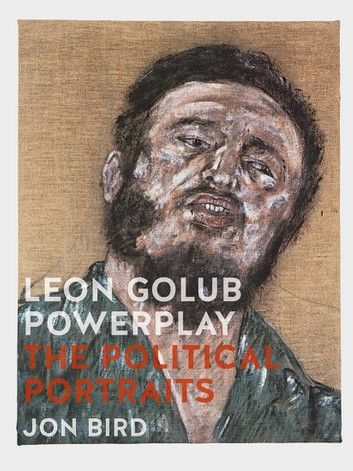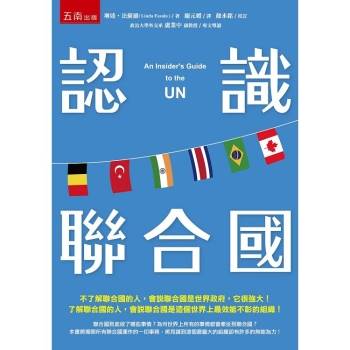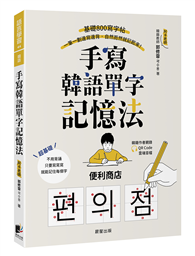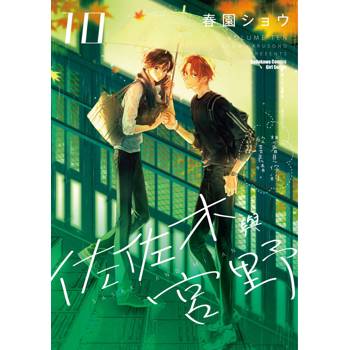Leon Golub (1922–2004) is best known for his iconic history paintings of mercenaries, interrogations, torture scenes, and the riots of the 1980s and ’90s. Published to accompany an exhibition at the National Portrait Gallery in London running from March through November 2016, this collection of nearly all of Golub’s political portraits from 1975–1978, almost 100 paintings, offers a rich survey of his powerful style with analysis from curator Jon Bird and professor of art history Gill Perry.
Bird and Perry examine the ways Golub increasingly explored the effects of power upon the body through facial expressions, gestures, and poses, and how he invested his characters with psychological tension and depth. As they show, Golub always derived his source material from media representations, aiming to capture the way power—whether political, military, or social—is mediated through the camera lens. This “look of power” is the dominant characteristic of the portraits included here, all painted as part of his Political Portraits series of the 1970s, which captured historical figures—ranging from Fidel Castro and Henry Kissinger to Pinochet and Mao Tse-Tung—at various stages of their public office. With a narrative of arrogance and venality traced clearly across the face, these portraits forcefully show that power is uncompromising. The result is a startling collection of faces, arrestingly rendered through Golub’s signature, visceral style.












